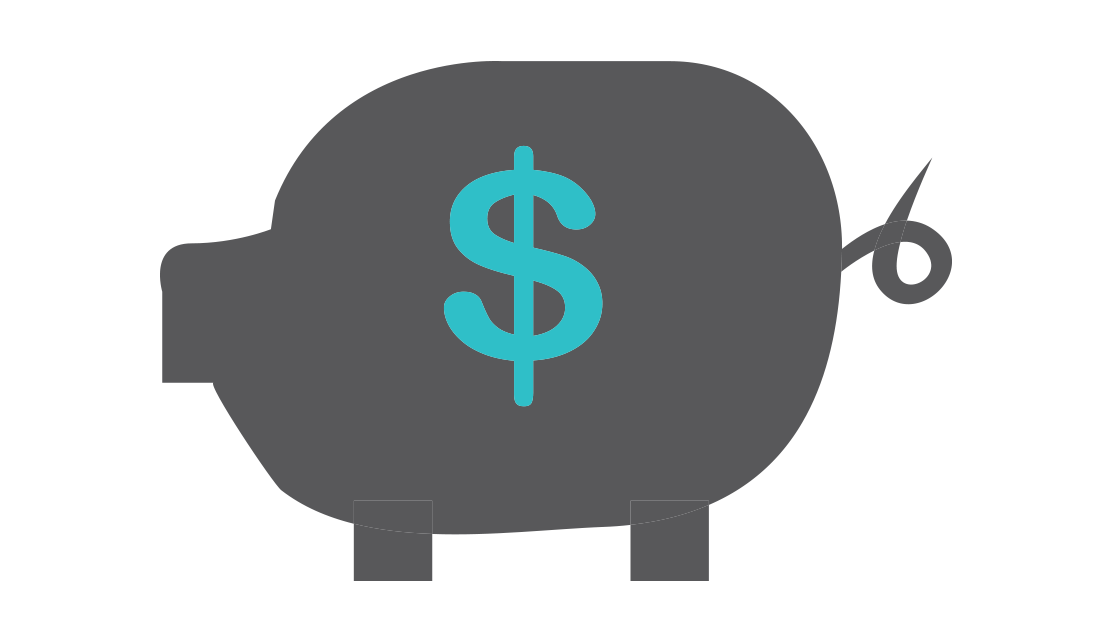How to obtain an affordable business valuation?
How to obtain an affordable business valuation?

This article is useful for business owners looking for an investment partner or for someone wanting to buy a business or part thereof
Recently a brilliant young accountant I know, who is building a very successful full service accounting business asked me the following question – “How can you assist my clients in valuing their business”.
My answer:
Yes I can, using the most sophisticated and correct methods depending on the particular circumstances. In addition I can bring top level marketing expertise to add to the quality of the valuation. All this for a fraction of the cost of most accounting based corporate valuers.
My methods:
There are 4 generally accepted methods for business valuation.
Income Based Approach
- 1. Capitalisation of Future Earnings/Earnings multiple
The capitalisation of future maintainable earnings method is the most common method for valuing an existing business, as it usually aligns reasonably well with the expectations of potential purchasers. This method involves dividing an estimate of future maintainable earnings by the capitalisation rate. Alternatively, the inverse of the capitalisation rate is the known as the Earnings Multiple, and as its name implies, the value of the business is quoted as a multiple of future maintainable earnings. The earnings multiples vary for businesses of different size within the same industry and between industries for businesses of the same size. The Price/Earnings ratio or PE is one example of an earnings multiple.
- 2. Discounted Cash Flow (DCF)
The discounted cash flow method looks at the forecasted cash flows and then applies a discount rate. The discount rate increases with the level of risk and takes into account any and all variations, as well as the period over which the cash flows occur. The discount rate increases as the level of uncertainty/risk increases. The discount rate is applied to the future cash flow and discounts it back to the present, to arrive at a value of the business in today’s dollars. The higher the discount factor for a given cash flow the lower the Net Present Value (NPV). The Discount rate itself is computed using the Capital Assets Pricing Model (CAPM)
This method is the preferred method by the leading financial texts (refer The Principles of Corporate Finance, by Brealey & Myers) and most sophisticated valuers. This superior method requires a series of past cash flow reports and/or a forecast of future cash flows. It is particularly useful to value a fast growing business.
Asset Based Approach
- 3. Balance Sheet: A Valuation of Assets
This method focuses, not on what a business earns but rather what a business owns. It considers the current value of the assets less the liabilities or debts that are owed. The notional realisable asset base is used to value the business as if it were to close down or not continue in its current form. By considering the net realisable value alone, it will result in understating the true worth of a going concern business.
To counter this, goodwill, which is the difference between the true worth of a business and the value of its net assets is factored into an operating business. Goodwill should take into account all of the intangible aspects of the business, such as: its earnings potential; reputation; and the relationships with customers and suppliers. The tricky bit in this approach is coming up with a value for ‘goodwill’.
Market Based Approach
- 4. Comparable Industry Sales
The market based approach looks at businesses that operate in the same industries. If there are a sufficient number of sales examples to draw on, then a common rule-of-thumb valuation method can be applied: a multiple of earnings being one.
Other examples would be:
- “x” times book value – of relevance for those who sell commodity type products e.g. farms, or
- “y” times EBIT – Earnings before Interest and Tax – applies for most businesses, or
- “z” times EBITDA for businesses that have high capital costs, and so are assessed before depreciation or amortisation are taken into account.
Combining Valuation Methods
Combining valuation methods is generally not recommended. Income based methods are about the earnings potential of the business, which already take into account the assets and liabilities required to generate those earnings. How well those assets are utilised, in other words how efficiently have the owners used the assets to generate the earnings, can be through the Return on Equity (ROE), which is a measure of earning generated for the investment outlaid by the owners to buy those assets.
The asset based approach is about what the business owns, not what it earns, although the goodwill component is supposed to reflect the future potential of the business. The value of goodwill is often difficult to calculate. With an asset based approach, you will often hear terms such as ‘the net tangible asset value’ or ‘the written down value’ of a business. Although these terms can apply to a going concern they are often applied to businesses, which are no longer trading or are being broken up and the assets sold separately.
Costs:
- A simple valuation involving one day of analysis - $975 + GST
- A more complex and detailed valuation involving 3 days of analysis - $2,975 + GST
These costs compare with the market average costs from leading accounting firms of at least $5,445 + GST for the simpler valuations

